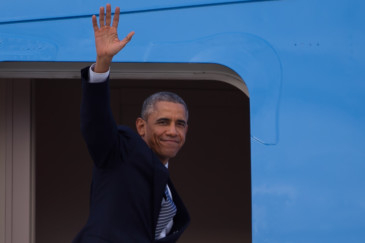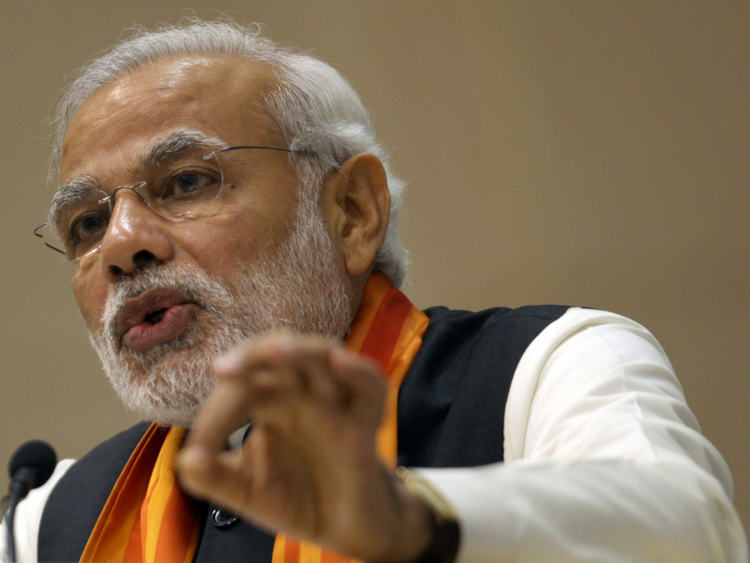
Next week, Barack Obama will become the first US president to visit India twice while in office, as well as the first to attend India’s missiles-and-dancing-girls festivities for Republic Day. That it’s taken more than two decades since the end of the Cold War for India and the US to achieve this level of political intimacy shows how hard it is for even natural partners — the world’s two largest democracies — to build meaningful trust.
Despite new enthusiasm on both sides, it’s going to take even longer to add real depth to their economic partnership. Bilateral trade in goods and services between the two nations amounted only to $93 billion (Dh341.5 billion) in 2012, according to the US Trade Representative’s office. By contrast, trade between China and the US that year came in more than six times larger at $579 billion.
Perhaps more significant, at least from the perspective of capital-scarce India, are foreign investment levels. In 2012, US foreign direct investment into India totalled $28 billion, compared to the $50 billion that flowed into China.
Of course, China’s economy is much larger than India’s and has grown at much faster rates for the last three decades. Anything India does to boost its own GDP growth will lead to increased US trade and investment. But there’s also a fundamental disconnect between US and Indian priorities that no presidential photo op is likely to solve.
US investors are primarily interested in India’s $1.3 trillion services sector — including retail and insurance, to name just two examples. In these areas, India’s policy regime remains protectionist and is highly unlikely to change.
Prime Minister Narendra Modi’s otherwise reformist government has ruled out opening up the retail sector to FDI, while in insurance, it’s resisted raising the cap for foreign ownership above 49 per cent, thus stripping investors of any meaningful control.
There’s little that Obama can offer to change Modi’s mind: Political pressure from small retailers — a backbone of support for the ruling Bharatiya Janata Party — is intense. And after the global financial crisis, India’s long-standing hesitation about liberalising its financial sector has only grown stronger.
Concerned about China’s regional ambitions, the two countries may make more progress on a renewed Defense Framework Agreement during Obama’s visit. Yet in this sector, too, India has refused to allow majority control for foreign investors, limiting the scope of possible cooperation. An even bigger hurdle is India’s weak patents regime. Given the difficulties of manufacturing in India, US investors are attracted to high- value-added, technology-intensive sectors, where strong intellectual-property safeguards are vital.
In pharmaceuticals, to take just one example, the Indian government has hardly offered much reassurance. Last week, India’s patent office refused to grant Gilead a patent on its expensive new Hepatitis C drug, thus opening the door for generic copycats. Modi is unlikely to challenge his own administration on an issue as emotive as ensuring affordable drugs for the masses.
Obama faces his own political hurdles to closer cooperation. A Republican Congress is not likely to approve granting many more visas to temporary Indian workers. A powerful agricultural lobby will resist opening US markets much further to India’s fast-growing exports, especially as the Obama administration continues to struggle to complete negotiations over the Trans-Pacific Partnership trade pact.
The fact is that for both the US and India, the very areas where cooperation is most needed are also among the most politically challenging. The only solution — as unsatisfying as it seems — is continued dialogue and negotiation, during and beyond Obama’s visit.
If the US and India want the substance of their economic engagement to catch up to the symbolism of the trip, they have little choice.
— Washington Post
Dhiraj Nayyar is a journalist in New Delhi.










